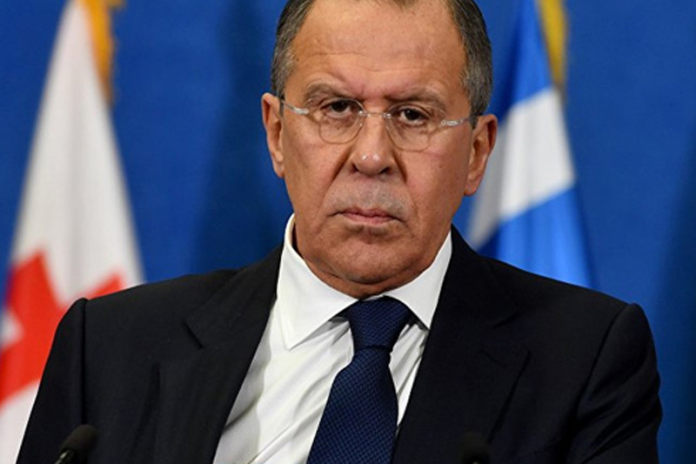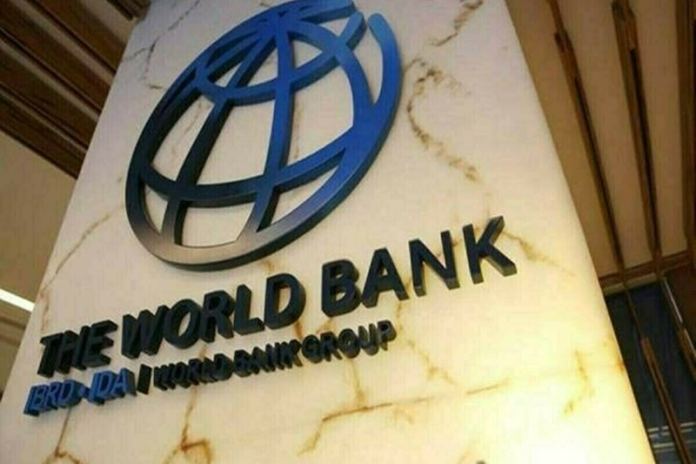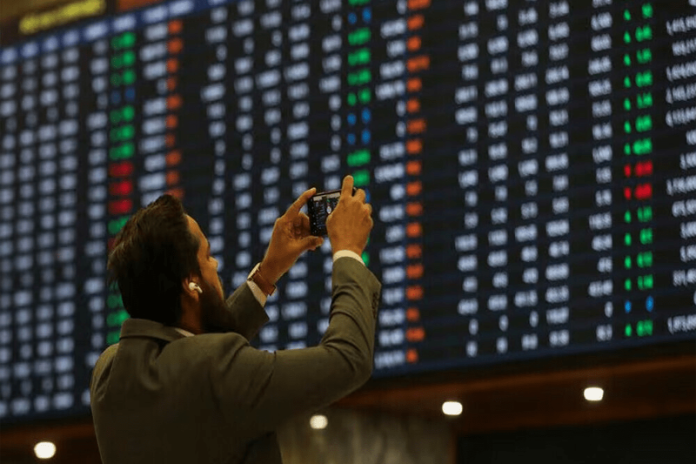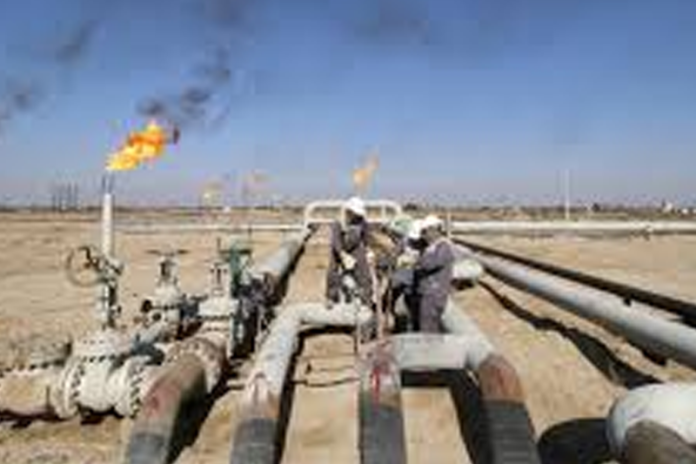Delinquency Prompts - civic disorder
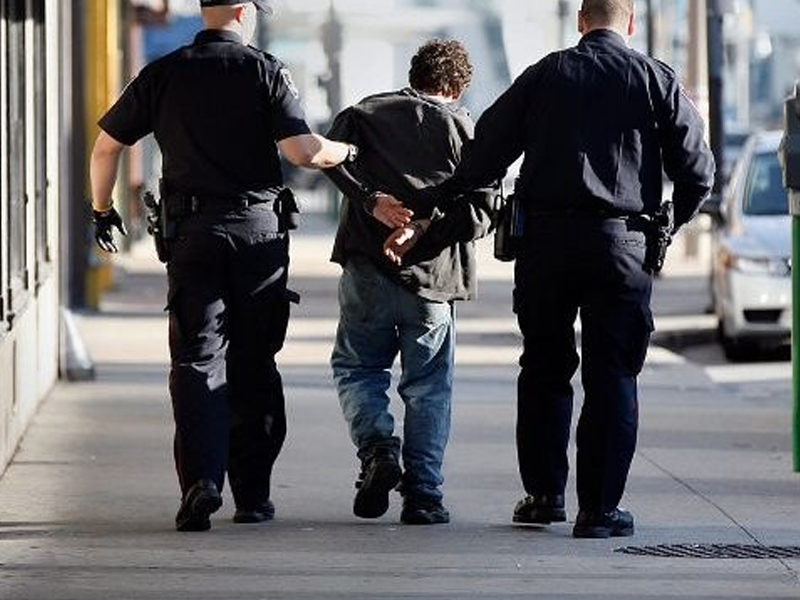
- 222
- 0
Delinquency is a major source of insecurity and fluster in every society. There is no doubt that crime urge huge monetary and psychological costs on society. Crimes have always plagued every society in human history. The history of crime is as old as history of mankind.
The act of criminality gives rise to the feeling of insecurity and fear to those who have not been a victim as well. This sense of panic of being victimized generates negative effects on wellbeing. Crime can be defined as a wrongdoing classified by the state or the parliament of the country or law of the land.
Each country sets out series of acts (crime), which are prohibited, and punishes a criminal of these acts by a fine or imprisonment or both. There is no universal and permanent definition of crime. It differs in different times in different regions.
According to Curzen; “A crime as an act or omission of human conduct harmful to others which the state is bound to prevent. It renders the deviant person liable to punishment as a result of proceedings initiated by the state organs assigned to ascertain the nature, the extent and the legal consequences of that person’s wrongness”.
Many studies have been conducted on the relationship between crime and its determinants. The results of these studies show that these various factors are responsible for promoting crime in the world. A perplexed question is raised whether there is any relationship at all between crime and unemployment and, if there is a relationship, whether the two domains shared two, as opposed to only one dimension and what the pattern of relationships were relating variables in one domain with those in the other.
First and foremost, unemployment has its effects on crime rate. Unemployment rate can be viewed as a complementary indicator of income opportunities available in the legal labour market. Therefore, when unemployment rate increases, the opportunities in the legal sector decrease leading individuals to involve in criminal activities. Since, the role of income decides to commit criminal acts by individuals, therefore, low income increases the tendency to commit crime.
Unemployment and crime are so interrelated that one can easily confuse one for the other. Although, it is possible for one to be employed and still commit crime, this is likely to be a case of underemployment. Thus, by unemployment, it includes those underemployed personnel.
Unemployment and underemployment reflect the failure to make use of an important factor of production, labour, for fostering economic growth. Low returns to labour as well as high unemployment indicates crime. Crime makes it difficult to make investments in education and health that would increase a person’s productivity.
Crime Statistics of Pakistan shows that there is a rapid increase in the number of crimes reported over time like other countries of the world. It may be because of high unemployment, rising poverty, increasing inflation and urbanization. Some other non-economic factors are also responsible for it. As per National Police Bureau, Ministry of Interior’s survey conducted in the year 2019, overall total number recorded crimes in a year reached to 786,339 which is comparatively greater than the previous year where in aggregate records reached to 703,481 in number.
Another reason for increased crime rate is job displacement or job loss that occurs during sudden and unexpected mass-layoffs of high tenured employees - as an arguably exogenous source of job separations to estimate the impact of unemployment on earnings.
The results of the data analysis reveal that unemployment in Pakistan Granger causes crime. The reason is that unemployment rate in a country is a complementary indicator of income opportunities in the legal labour market. Therefore, when, unemployment rate increases the opportunities for earning income decreases which instigate the individuals to commit crime. The costs of committing crime go down for unemployed workers. The results of causality support this proposition that unemployment causes crime. 2. The results show that poverty also Granger causes crime. The poor have limited income and resources to satisfy their desires and wants. In Pakistan the poverty statistics show dismal picture besides increasing income inequality. The low income means low saving potential which results in low standard of living. The low income in relation to increase prices (inflation) has crime instigating effect by reducing individual’s moral threshold. Therefore, it can be concluded that people in poverty are induced to commit crime. The results of Granger causality through Toda-Yamamoto procedure affirm that poverty causes crime.
The crime statistics of Pakistan indicates that the country is not doing well in economic, social, cultural, technological, environmental, moral and spiritual fields. Nowadays crimes have become more organized and some criminals have gained the patronage of powerful elites. Holistic effort should be made by government at all levels to create jobs and arrest unemployment.
The Government of Pakistan had taken steps to control crime in Pakistan in the past. For example, the surveys were conducted to identify parts of the country by city or areas. Various steps were taken in those areas/cities to check the crime but unfortunately because of corruption, poor implementation of policies and rising terrorist attacks the circumstances were quite disappointing. However, spending on education, health, and labor market are helpful to reduce crime rate, poverty, and income inequality across countries. These are the strong predictors of reducing crime rates and achieving high progress in a society, thus it should be aligned with inclusive trade policies to reduce human cost in terms of decreasing chronic poverty and violence/crime.
Published in The Daily National Courier, January, 20 2023
Like Business on Facebook, follow @DailyNCourier on Twitter to stay informed and join in the conversation.








